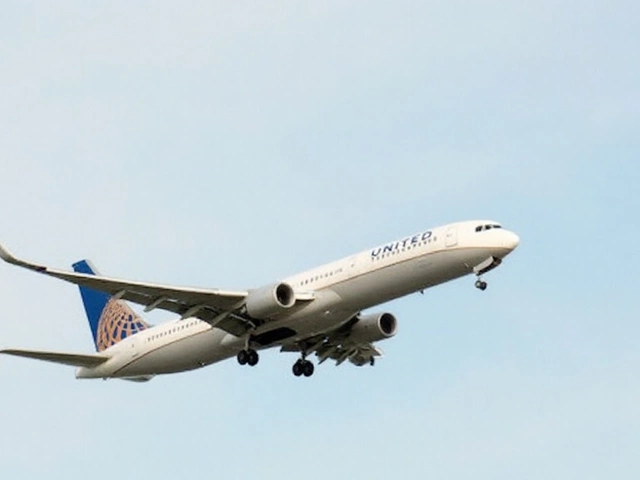Understanding the Threat of Asteroid 2024 YR4
Imagine a space rock flying towards Earth with enough force to cause damage similar to the 1908 Tunguska event in Siberia. That's what the newly identified asteroid 2024 YR4 could potentially do. This space object, discovered in December 2024 by NASA’s ATLAS in Chile, carries a small but notable risk of impacting our planet on December 22, 2032. This asteroid's size ranges between 40 to 90 meters, dubbing it a "city killer" given its potential for massive destruction.
Why is this a big deal? Well, if the asteroid were to hit Earth, the aftermath could involve a fiery explosion in the sky or the formation of a huge crater, depending largely on its material makeup and density. In either case, the effects might mirror the Tunguska event, which flattened a sizable forest area in Siberia, over 100 years ago.
Monitoring and Mitigation Efforts
While the chance of impact stands at 1.2%, that's enough for cautious monitoring. The risk corridor, an area potentially in the asteroid's path, includes regions across South America, sub-Saharan Africa, and sections of Asia. Monitoring efforts aren't just local—this is a coordinated global effort. The International Asteroid Warning Network (IAWN) and the European Space Agency’s Near-Earth Object Coordination Centre (NEOCC) have their eyes peeled on asteroid 2024 YR4.
NASA’s Sentry risk list and the Torino Scale give this asteroid a Level 3 rating, meaning it’s under constant watch. Scientists are planning to refine their expectations by recalculating its orbit as observations become possible again in 2028. The aim? Nailing down this rock's path with precision.
Though it's currently orbiting 5 million miles from Earth, making direct radar observations out of reach, the upcoming years promise further insights. Both NASA and ESA are committed to updating the information with data anticipated around early April 2025 and again in 2028, when the asteroid emerges for fresh observations.
Even with a dim probability, anticipation remains key. The goal is early warnings that could be as brief as 30 seconds but might make the difference, especially in places with vulnerable infrastructure.
In the grand scheme of things, the astronomical community's dedication to tracking asteroid 2024 YR4 ensures that we'll know well ahead of time if our planet is in any real danger. For now, it's a testament to the meticulous watch the skies undergo, keeping the cosmos' potential surprises at bay.





